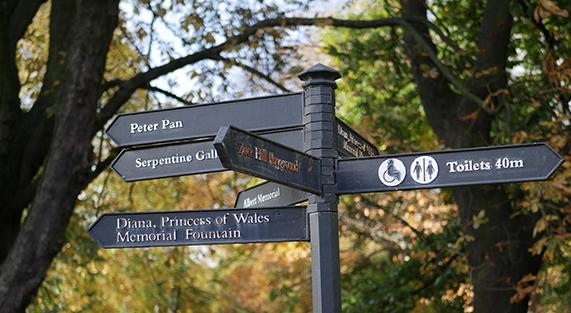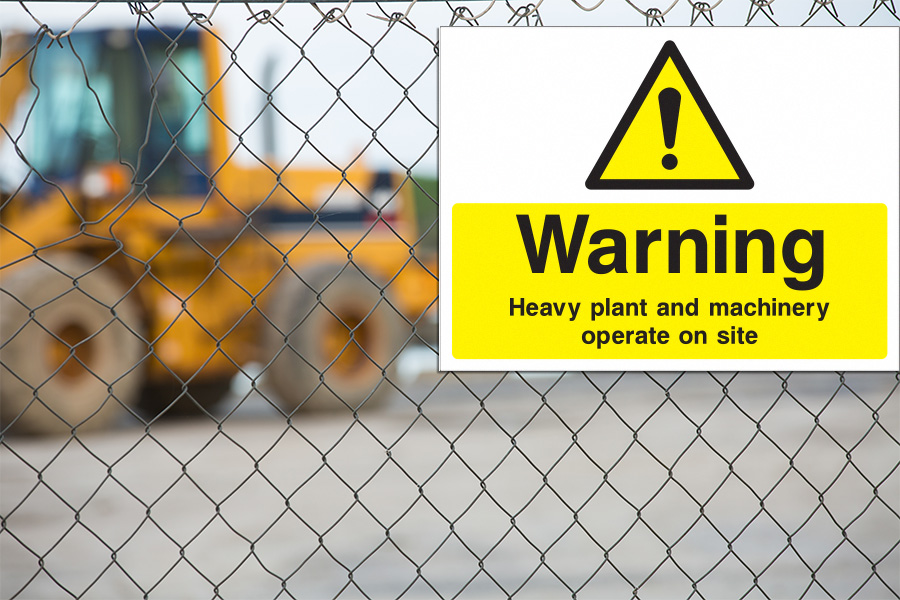
way finding signs, pathfinding signs, footpath signage
Are you an outdoor enthusiast who loves exploring public paths and trails? If so, you’ve probably come across waymarks along the way. Waymarking is an essential practice that involves marking objects along public rights of way to help users navigate accurately and confidently. In this blog, we’ll delve into the world of waymarking, its benefits, and how you can enhance the experience for fellow adventurers. Whether you’re a local group, an individual landowner, or a passionate explorer, this guide will equip you with valuable insights on implementing an effective waymarking scheme.
A Gateway to Seamless Exploration
Waymarking goes hand in hand with signposting, which indicates where a right of way deviates from the metalled road and points out its initial direction. By strategically placing small coloured arrows along the path, waymarking enables users to easily follow routes, especially in areas where navigation might otherwise be challenging. The benefits of waymarking extend beyond just enhancing the experience for users. Farmers, landowners, and the community at large also benefit from preventing unintentional trespass and increased enjoyment of the countryside.
Planning a Waymarking Scheme: Step-by-Step
Implementing an effective waymarking scheme requires careful planning and consideration. Before you begin the project, please keep in mind that not all paths can be waymarked immediately. It’s useful to prioritise creating attractive circular walks of approximately two to five miles for walkers and 10 to 15 miles for cyclists. Begin by linking through routes, connecting one surfaced road to the next or creating paths between villages. Select paths that offer stunning views, pass places of interest, and provide convenient parking areas or horsebox unloading spots. Gradually build a network of waymarked routes that offer a diverse range of walking and riding opportunities.
Collaborating with Highway Authorities: The Key to Success
To ensure a smooth waymarking process, it’s crucial to establish communication with the relevant highway authority in your area. The highway authority, whether it’s the county, unitary or metropolitan authority, or a London borough, holds responsibility for the rights of way. Engage with them early on, seeking advice and following their instructions. The authority can help confirm the correct path lines using the definitive map, inform you about any recent changes or disputed paths, and provide guidance in negotiations with landowners or farmers. Additionally, many authorities offer free waymarking signs, paint in the correct colours, and other necessary materials.
Working with Landowners, Occupiers, and the Parish Council
Engaging with landowners and occupiers of the land crossed by the paths is a crucial step in the waymarking process. Consultation with them is a legal requirement, and their consent, preferably in writing, is needed before placing waymarks on their property, such as fence posts or stiles. In most cases, landowners and occupiers are aware of the benefits of waymarking and readily agree to have their paths marked. Walking the paths together and agreeing on the best location for each waymark is recommended. Obtaining permission to replace or repaint waymarks as needed is also useful. In case difficulties or disputes arise, consulting with the highway authority can provide further guidance. If the parish council is not already involved, it’s important to contact them, as they may have members interested in rights of way who can assist in approaching landowners and occupiers or identifying them.
Choosing the Right Waymarking System
Choosing the right waymarking system is critical to implementing an effective and reliable trail navigation experience. There are various options, each with advantages and suitability for different environments. One standard waymarking system involves using small coloured arrows placed at regular intervals along the path. These arrows can be painted directly on surfaces such as trees, posts, or rocks or affixed to signposts. Another option is using pre-made waymarking signs that display clear directional information and are easily recognisable. When selecting a system, it’s essential to consider factors such as visibility, durability, and adherence to local regulations or guidelines. Additionally, choosing colours that contrast with the surrounding environment and are universally understood by outdoor enthusiasts ensures clarity and consistency. By carefully evaluating the available options and considering the specific needs of the trail and its users, you can select the most suitable waymarking system to guide and enhance outdoor exploration.






